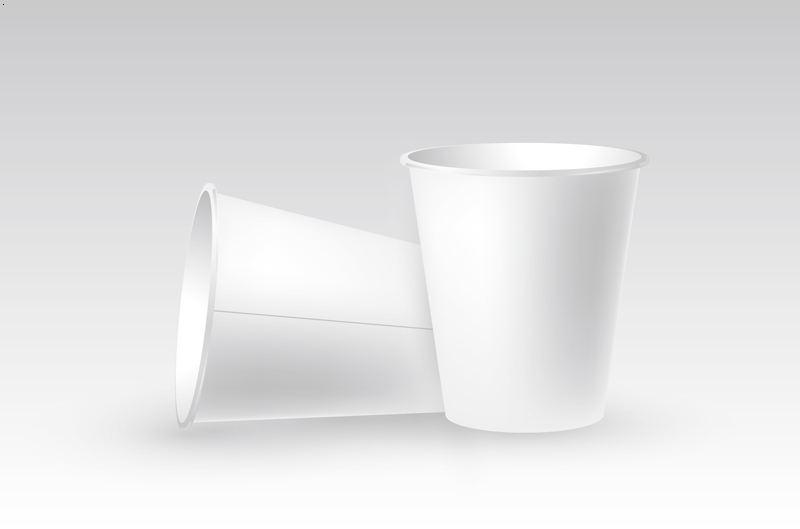As a novel advertising method, disposable paper cup custom printing has become one of the economic, affordable and easy-to-operate advertising media because of its close proximity to life and low cost. So what are the specific requirements for paper cup printing?

The paper cup should be surface treated before printing. The surface of the base paper or base film to be printed must be clean, dry, flat, dust-free and oil-free. For non-polar, dense and smooth PE materials. Said that the surface tension is low, only 29 ~ 31mNm-1, but also corona treatment in advance, the surface state changes, the surface tension is increased to 40mNm-1, also 38mNm-1 or more, so that printing ink can Achieve a certain degree of fastness.
Paper cups are also required for raw materials. Directly printed paper cup base papers should have a certain surface strength (wax stick value ≥ 14A) to prevent the occurrence of hair loss during printing and to have a good surface finish to meet the requirements. The uniformity of the ink in the print.
The requirements of paper cup printing inks, printing inks for paper cups require better printing fastness, and the printed materials have good acid resistance, alkali resistance, water resistance, temperature resistance and light resistance, and will not fade, discolor or fall off due to the influence of these factors. Prints should have good scratch and gloss, semi-dull and matt.
Paper cup printing technology is an important process under the premise of satisfying the previous process. It consists of ink and residual solvent. The amount of residual solvent is controlled to prevent odor from being printed. The back of the print is dirty and the solvent adheres to the seal. When the substrate or the base film is used, the heat sealing is poor, and the gap at the sealing portion is poorly bonded or the opening is caused by the poor bonding.
There is still a lot of knowledge about the printing of paper cups. Here are just some basic requirements for paper cup printing.



